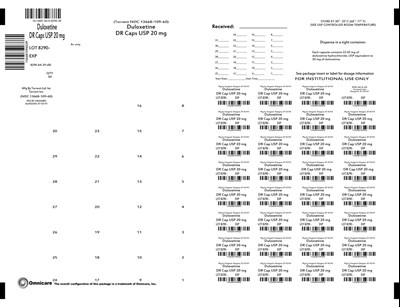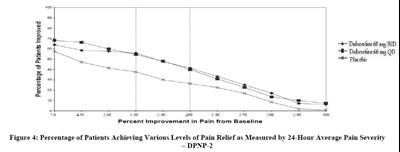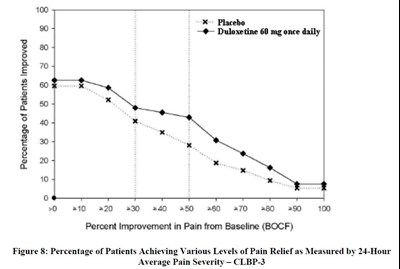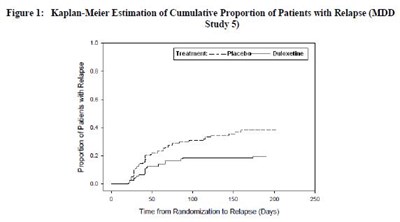Product Images Duloxetine Hydrochloride
View Photos of Packaging, Labels & Appearance
- structure - duloxetine dr caps usp 1
- Torrent logo - duloxetine dr caps usp 10
- Principal Display Panel Duloxetine DR Caps 20 mg - duloxetine dr caps usp 11
- Figure 1 - duloxetine dr caps usp 2
- Figure 2 - duloxetine dr caps usp 3
- Figure 3 - duloxetine dr caps usp 4
- Figure 4 - duloxetine dr caps usp 5
- Figure 7 - duloxetine dr caps usp 6
- Figure 8 - duloxetine dr caps usp 7
- Figure 9 - duloxetine dr caps usp 8
- logo - duloxetine dr caps usp 9
Product Label Images
The following 11 images provide visual information about the product associated with Duloxetine Hydrochloride NDC 0615-8290 by Ncs Healthcare Of Ky, Llc Dba Vangard Labs, such as packaging, labeling, and the appearance of the drug itself. This resource could be helpful for medical professionals, pharmacists, and patients seeking to verify medication information and ensure they have the correct product.
Principal Display Panel Duloxetine DR Caps 20 mg - duloxetine dr caps usp 11

This is a prescription drug package of Duloxetine, containing 30 capsules, with a strength of USP 20mg. The manufacturer is Torrent Ltd. for Torrent Inc. The lot number is 8290 with expiry details not available, and the national drug code is 13668-109-60. This package is for institutional use only and should be dispensed in a tight container. Each capsule contains 22.45 mg of duloxetine hydrochloride, USP, equivalent to 20 mg of duloxetine. It is a trademark of Omnicare, Inc. to have an overall configuration of this package. The storage temperature range is 20°- 25°C (68° 77° F) with USP controlled room temperature. Dosage instructions are available in the package insert or label.*
Figure 2 - duloxetine dr caps usp 3

The given text represents a graph that displays the proportion of patients with relapse in a study between two treatments- Placebo and Duoxatine. The x-axis represents the time from randomization to relapse (in days) while the y-axis represents the proportion of patients with relapse. The graph shows the results at various time points up to 300 days after randomization.*
Figure 3 - duloxetine dr caps usp 4

The text presents data on the efficacy of different doses of Duloxetine and Placebo in patients with pain (DPNP-1). The text includes a table indicating the percentage of patients improved, and a graph illustrating the percentage of patients achieving various levels of pain relief.*
Figure 4 - duloxetine dr caps usp 5

The text describes a chart showing the percentage of patients who achieved various levels of pain relief when taking Duloxeline 60mg BID or Duloxefine 60mg QD, as well as a control group taking Placcho. The chart also includes the percentage improvement in pain from the baseline. The study is likely related to diabetic peripheral neuropathy (as indicated by the abbreviation DPNP-2).*
Figure 8 - duloxetine dr caps usp 7

The figure shows the percentage of patients who achieved various levels of pain relief as measured by 24-hour average pain severity in CLBP-3 study. The X-axis shows the percent improvement in pain from the baseline and the Y-axis shows the number of patients. The study involved two groups, one receiving placebo, and another receiving Duloxetine 60 mg once daily. There are no discernible non-English characters, so a description can be provided.*
Figure 9 - duloxetine dr caps usp 8

This is a graph displaying the percentage of patients experiencing pain relief with Duloxetine medication compared to a placebo, as measured by 24-hour average pain severity. The X-axis shows the percentage improvement in pain from a baseline measure while the Y-axis shows the percentage of patients improved. There is no description of the study or its purpose.*
* The product label images have been analyzed using a combination of traditional computing and machine learning techniques. It should be noted that the descriptions provided may not be entirely accurate as they are experimental in nature. Use the information in this page at your own discretion and risk.




